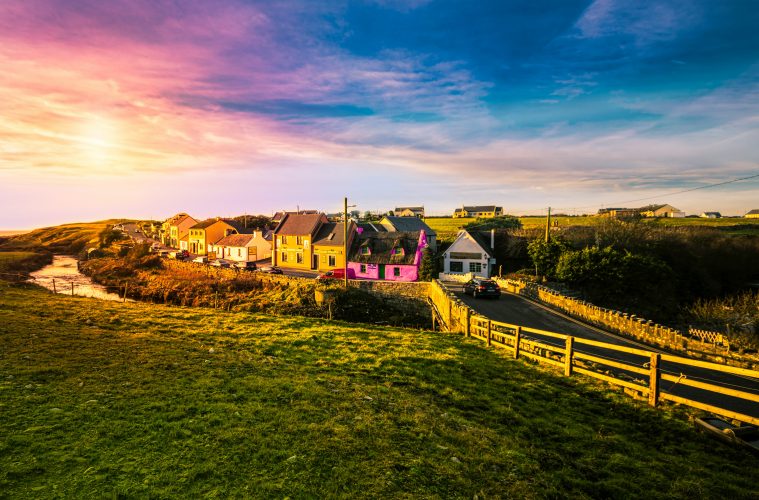It has now been almost 10 years since the global economy collapsed, causing numerous countries to slide into recession. Chief among those was Ireland, whose economy had been one of the strongest in Europe during the early and mid-2000’s but which plummeted drastically at the end of the decade. This downturn was reflected in the sharp decline of house prices in Ireland real estate, with many homes going for less than a third of what their asking price had been just a few years previously. Buying a home in Ireland real estate had become very affordable.
Ireland is a welcoming country with lots of travel opportunities with friendly people and fascinating history. With infinitely varied and tourist attraction to visit historical museums, endless outdoor activities, and scenery to watch. Investment in the real estate is not only an opportunity but an investment that will only convert into profits.
However, over the last 2-3 years, Ireland’s economy has been showing steady growth as the darkest days of the recession fade into the distance. In turn, the country’s housing market has improved, with property prices consistently rising, albeit still some far from their mid-2000’s levels.
Easy Life Cover produced this infographic which explores the Irish housing market as of 2017, examining key trends and highlighting the disparity in property prices around the country. It was interesting, although not hugely surprising, to note that the capital city of Dublin and its suburbs had by far the highest average prices in the country, with a typical house going for at least €300,000. The lowest prices were found in the north-west of Ireland, where there are no major cities and would be considered mostly rural.
Read the infographic below for further information on the Irish property market that will help when buying a home in Ireland.





